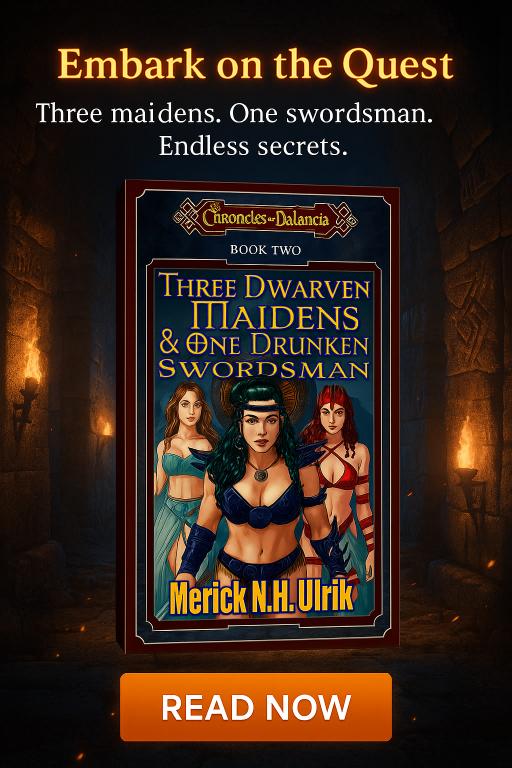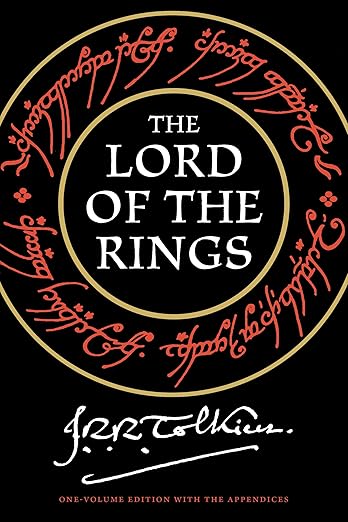Why Peter Jackson’s Lord of the Rings Movie Trilogy Is the GOAT! When Peter Jackson first announced he was adapting J.R.R. Tolkien’s The Lord of the Rings for the big screen, many fans were skeptical. How could anyone possibly capture the depth, complexity, and sheer scope of Middle-earth in a few hours of film? The books had been considered “unfilmable” for decades, with previous attempts falling flat or never making it past development hell.

But Jackson didn’t just adapt Tolkien’s masterpiece: he transformed it into something that stands as the greatest movie trilogy ever made. Released between 2001 and 2003, The Fellowship of the Ring, The Two Towers, and The Return of the King didn’t just succeed; they redefined what epic cinema could be, setting a new standard for literary adaptations and fantasy filmmaking that hasn’t been matched since.
The Impossible Task: Bringing Middle-earth to Life
Tolkien’s The Lord of the Rings isn’t just a story: it’s a complete mythology. Written over the course of more than a decade, the books contain detailed histories, languages, genealogies, and cultural complexities that span thousands of years. The narrative itself is dense with philosophical themes, environmental messages, and deeply Catholic imagery that resonates on multiple levels.
Jackson understood that a literal translation wouldn’t work. Instead, he focused on capturing what Ian McKellen called “the spirit” of Tolkien’s work. McKellen, who portrayed Gandalf, praised Jackson’s screenplay as “perhaps the most faithful adaptation ever adapted from a long novel,” noting that the scriptwriters were “devoted to the original and would share other fans’ resentment if it were mistreated.”
This approach of spiritual fidelity over literal adaptation became the trilogy’s greatest strength. Jackson, along with co-writers Fran Walsh and Philippa Boyens, made bold choices that honored Tolkien’s themes while creating a cinematic experience that could stand on its own merits.
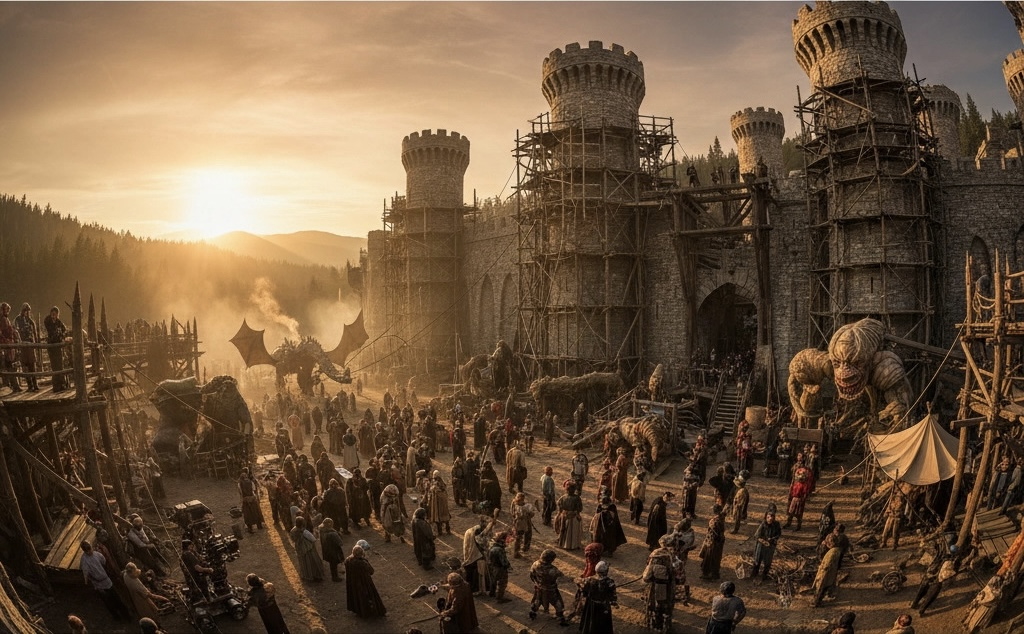
Structural Genius: The Art of Adaptation
One of Jackson’s most crucial decisions was expanding from the originally planned two films to three. This wasn’t just a commercial decision: it was a creative necessity that allowed the story to breathe and develop properly. The restructuring required a complete page-one rewrite, but the result was a trilogy that perfectly balances pacing, character development, and epic scope.
Consider how Jackson handled the death of Boromir. In Tolkien’s books, this pivotal moment occurs at the beginning of The Two Towers. Jackson moved it to the climax of Fellowship, creating a powerful emotional crescendo that gives the first film a definitive ending while setting up the stakes for the subsequent films. This change exemplifies Jackson’s understanding that cinematic storytelling requires different rhythms than literary narrative.
Similarly, Jackson’s decision to keep Éomer and the Riders of Rohan in exile throughout most of The Two Towers serves multiple narrative purposes. It reduces Rohan to a vulnerable kingdom that can believably be threatened by Saruman’s forces, while also providing a dramatic cavalry rescue during the Battle of Helm’s Deep. These aren’t arbitrary changes: they’re strategic adaptations that enhance the cinematic experience while preserving the story’s emotional core.
The trilogy also made significant omissions that proved wise in retrospect. The complete removal of Tom Bombadil, one of Tolkien’s most enigmatic characters, streamlined the narrative without losing essential plot elements. The “Scourge of the Shire” storyline, where the hobbits return to find their homeland occupied, was replaced with a peaceful homecoming that provides emotional catharsis rather than extending the conflict.
Technical Mastery: Creating a Believable World
Jackson’s trilogy succeeded because it solved the fundamental challenge of fantasy filmmaking: making the impossible seem real. The film’s technical achievements span every aspect of production, from cinematography and production design to makeup and digital effects.
The trilogy pioneered new techniques in motion capture technology, most notably in bringing Gollum to life through Andy Serkis’s groundbreaking performance. This wasn’t just a technical achievement; it was a creative breakthrough that proved digital characters could carry real emotional weight. Gollum’s tortured psychology, his relationship with Frodo, and his ultimate role in the Ring’s destruction all depend on the audience believing in him as a character, not just a special effect.
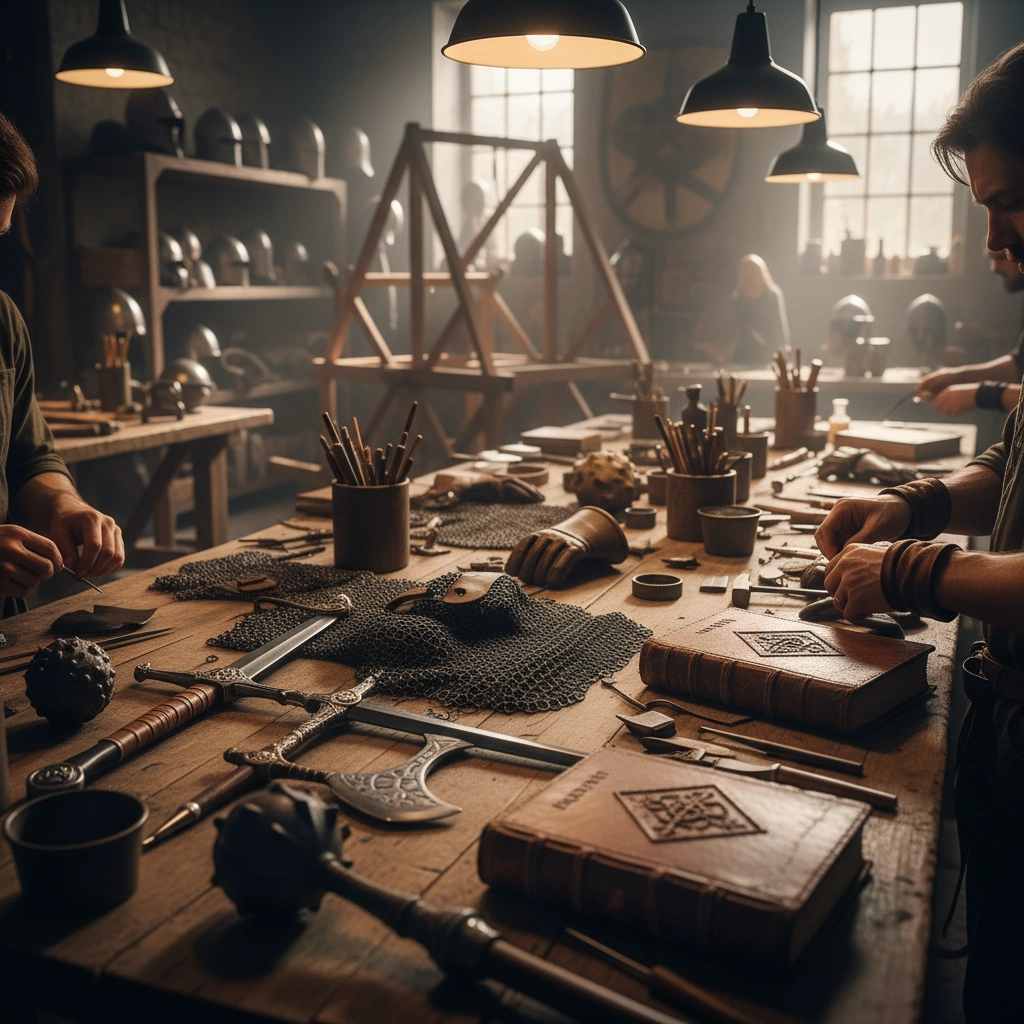
The production design, led by Dan Hennah and supervised by Jackson himself, created a Middle-earth that feels both fantastical and grounded in reality. Each culture: from the rustic comfort of Hobbiton to the ethereal beauty of Rivendell to the decaying grandeur of Minas Tirith: has its own distinct visual language that tells viewers about the people who live there before anyone speaks a word.
The Perfect Score.
Howard Shore’s musical score deserves particular recognition as one of cinema’s greatest achievements. Shore didn’t just compose background music: he created a musical mythology that mirrors Tolkien’s linguistic complexity. Each culture, character, and theme has its own musical motif, and these elements weave together throughout the trilogy to create an emotional landscape that guides viewers through the story’s epic scope.
The cinematography, handled by Jackson himself, uses the sweeping landscapes of New Zealand to create a sense of scale that makes viewers feel they’re truly journeying through Middle-earth. The famous helicopter shots that showcase the Fellowship traveling across vast wilderness aren’t just pretty pictures: they’re narrative devices that emphasize the scope of the quest and the isolation of the characters.
Character Development: Honoring the Source While Serving Cinema
One of the trilogy’s greatest achievements is how it handles character development across three films. Jackson understood that movie audiences need different emotional arcs than book readers, leading to some of the trilogy’s most controversial but ultimately successful changes.
The decision to emphasize Aragorn’s hero’s journey over Frodo’s spiritual pilgrimage reflects Jackson’s understanding of cinematic storytelling. While Tolkien’s books focus heavily on Frodo’s internal struggle with the Ring’s corruption, films need external conflict that audiences can see and understand. By developing Aragorn’s reluctant acceptance of his destiny as king, Jackson created a parallel hero’s journey that complements rather than replaces Frodo’s story.
Arwen’s expanded role, taking over some of Glorfindel’s functions from the books, serves multiple purposes. It gives the trilogy stronger female representation, provides a visual representation of what Aragorn is fighting for, and creates emotional stakes that resonate with modern audiences. Critics who complain about this change miss the point: Jackson wasn’t trying to improve Tolkien’s gender politics; he was creating a cinematic experience that serves the story’s themes.
The development of secondary characters like Boromir, Faramir, and Denethor demonstrates Jackson’s skill at condensing complex literary character arcs into compelling screen time. Boromir’s temptation and redemption, compressed into roughly twenty minutes of screen time across the first film, creates one of the trilogy’s most emotionally powerful moments. Sean Bean’s performance, combined with Jackson’s direction, turns Boromir from a potentially one-dimensional antagonist into a tragic hero whose death resonates throughout the remaining films.
Cultural Impact: Creating Modern Mythology
The trilogy’s influence extends far beyond cinema into modern culture itself. Jackson’s visual interpretation of Middle-earth has become the definitive version for millions of people worldwide. The look of elves, dwarves, orcs, and hobbits established by Jackson’s trilogy influences everything from video games to Halloween costumes to other fantasy films.
More significantly, the trilogy proved that fantasy could be mainstream without dumb-ing-down its themes or emotional complexity. Before Jackson’s films, fantasy was largely relegated to cult audiences and B-movie productions. The trilogy’s success paved the way for Game of Thrones, the Marvel Cinematic Universe, and countless other fantasy and science fiction properties that now dominate popular culture.
The films have also created their own folklore, inspiring fan films like Born of Hope and The Hunt for Gollum, as well as countless fan art, fiction, and scholarly analysis. This isn’t just fandom: it’s the creation of modern mythology that speaks to contemporary audiences while honoring ancient storytelling traditions.
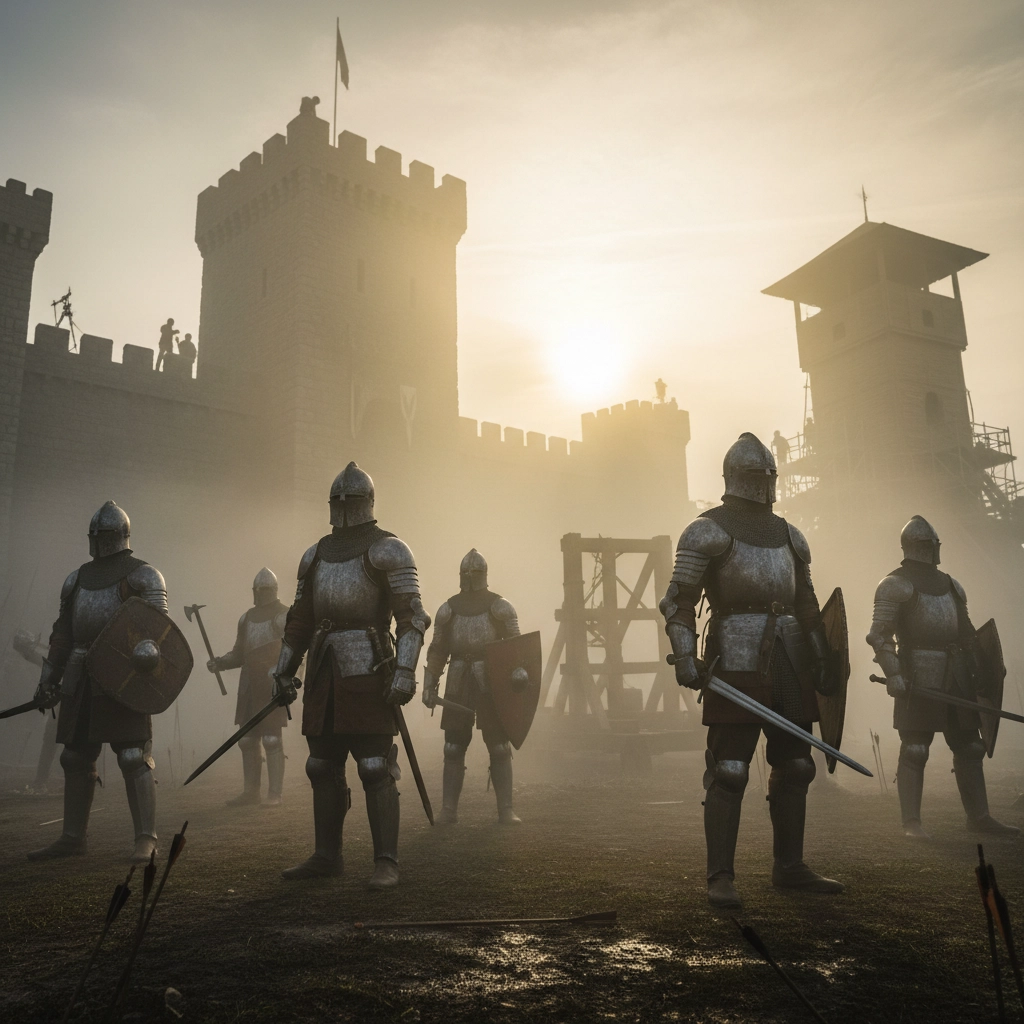
The Epic Scale: Warfare and Spectacle
Jackson’s handling of large-scale battle sequences set new standards for epic filmmaking that still haven’t been surpassed. The Battles of Helm’s Deep and Pelennor Fields aren’t just spectacular action sequences: they’re narrative culminations that bring together character arcs, thematic elements, and emotional stakes that have been building throughout the trilogy.
The Battle of Helm’s Deep, in particular, demonstrates Jackson’s understanding that great action sequences need emotional stakes, not just visual spectacle. The audience cares about the outcome because they care about the characters involved. When Aragorn tells the terrified defenders that “There is always hope,” it’s not just a rallying cry: it’s a thematic statement that resonates throughout the entire trilogy.
The Battle of Pelennor Fields takes this approach even further, weaving together multiple character arcs and storylines in a sequence that feels both massive in scope and intimate in emotional impact. The arrival of the Rohirrim, Aragorn’s return with the Dead Men of Dunharrow, and Éowyn’s confrontation with the Witch-king all serve the story’s themes while delivering spectacular action.
These sequences work because Jackson understood that spectacle without stakes is empty. Every major battle in the trilogy serves the larger narrative and character development, making them feel earned rather than gratuitous.
The Emotional Journey: Why Audiences Connect
What makes Jackson’s trilogy truly great isn’t its technical achievements or cultural impact: it’s its emotional resonance. The films work because they tap into universal themes of friendship, sacrifice, hope, and the corruption of power that speak to audiences regardless of their familiarity with fantasy literature.
The relationship between Frodo and Sam forms the trilogy’s emotional core, and Jackson’s handling of their friendship demonstrates his skill at adapting literary relationships for the screen. Sean Astin and Elijah Wood’s performances, combined with Jackson’s direction, create one of cinema’s great friendships without ever feeling forced or sentimental.
The trilogy’s treatment of mortality and loss, drawn directly from Tolkien’s own experiences with World War I, gives the films emotional weight that elevates them above typical adventure stories. The Grey Havens sequence at the end of Return of the King provides catharsis not just for the characters but for audiences who have invested emotionally in their journey.
Technical Innovation: Pushing Cinema Forward
Beyond its storytelling achievements, Jackson’s trilogy pushed cinema forward technically in ways that influenced the entire industry. The films’ seamless integration of practical effects, miniatures, makeup, and digital effects created a new model for big-budget filmmaking that emphasized creativity over pure technology.
The trilogy’s approach to digital effects: using them to serve the story rather than dominate it: stands in sharp contrast to many modern blockbusters that prioritize spectacle over narrative. Jackson’s team created digital environments and characters that felt real because they were grounded in practical filmmaking techniques and served clear narrative purposes.
The films’ production design, which created hundreds of distinct locations and thousands of unique props, costumes, and makeup designs, demonstrated the importance of world-building in fantasy cinema. Every element, from the buttons on a hobbit’s coat to the architecture of Edoras, was designed to support the story and enhance the audience’s immersion in Middle-earth.
The Greatest Trilogy: Making the Case
So why is Jackson’s Lord of the Rings trilogy the greatest ever made? The answer lies in its unprecedented combination of technical achievement, narrative sophistication, emotional resonance, and cultural impact.
Unlike other great trilogies that may excel in one or two areas, Jackson’s films succeed on every level. They work as adaptations, honoring Tolkien’s themes while making necessary changes for the cinematic medium. They work as standalone films, providing complete narrative arcs while contributing to the larger story. They work as technical achievements, pushing the boundaries of what’s possible in cinema. And they work as emotional experiences, creating characters and moments that resonate with audiences years after viewing.
The Influence on Modern Film Making.
Undoubtedly, the trilogy’s influence on modern cinema cannot be overstated. It proved that audiences would embrace long-form epic storytelling, paving the way for extended cinematic universes. It demonstrated that fantasy could be both commercially successful and critically acclaimed. It showed that literary adaptations could honor their source material while creating something new and vital.
Most importantly, Jackson’s trilogy created films that will endure. Like the best literature, these movies reveal new layers of meaning and craftsmanship with repeated viewings. They work for children discovering Middle-earth for the first time and for adults who’ve read Tolkien’s books dozens of times.
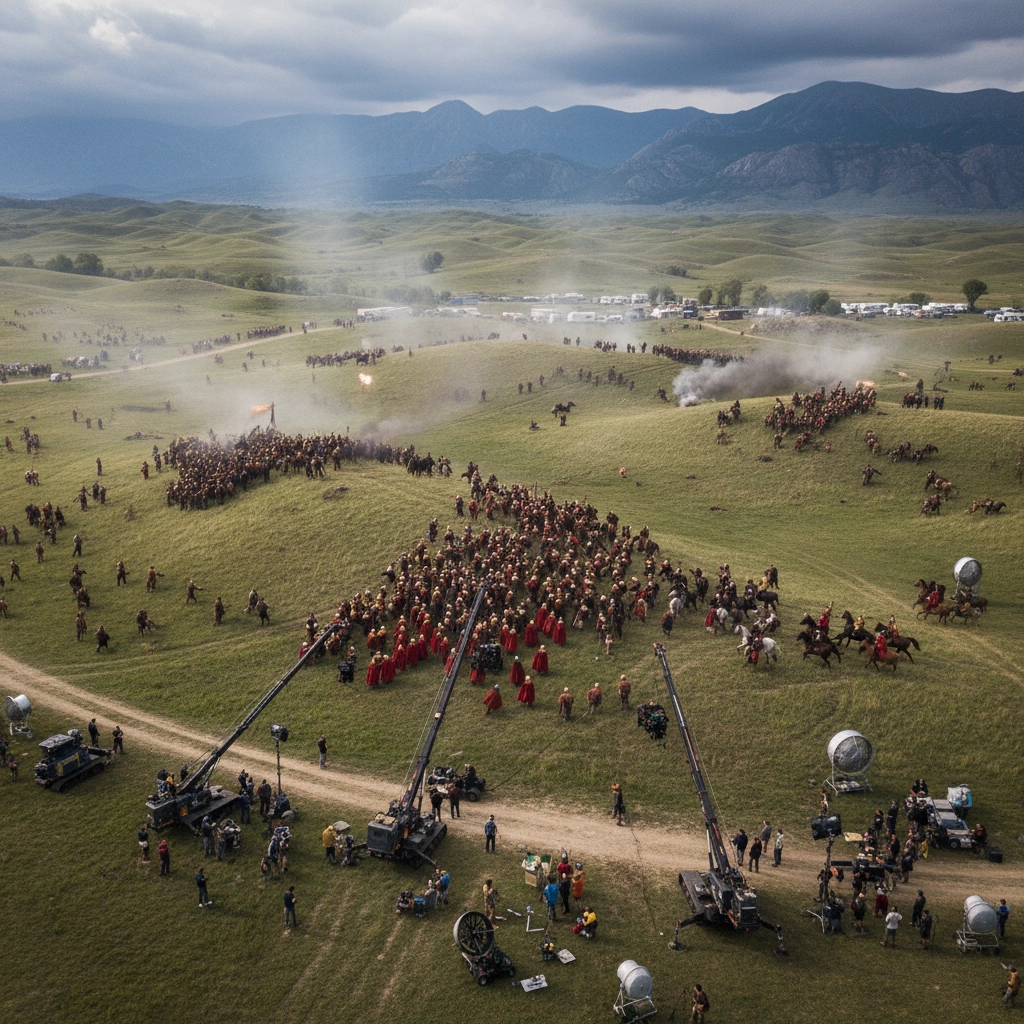
The Legacy Continues
Firstly, nearly twenty years after The Fellowship of the Ring first premiered, Jackson’s trilogy remains the gold standard for fantasy filmmaking and literary adaptation. While other films have tried to capture its magic: including Jackson’s own Hobbit trilogy: none have achieved the same perfect balance of spectacle, character, and meaning.
The trilogy’s success wasn’t just commercial or critical: it was cultural. These films became part of the global conversation about storytelling, mythology, and the power of cinema to create shared experiences. They proved that audiences hunger for stories that combine entertainment with meaning, spectacle with substance.
Not a cheap Franchise Film.
Because, in an era of franchise filmmaking and corporate-driven entertainment, Jackson’s Lord of the Rings trilogy stands as a reminder of what’s possible when visionary filmmaking meets great source material. It’s not just the greatest trilogy ever made: it’s a demonstration of cinema’s unique power to transform literature into something equally powerful but distinctly different.
The trilogy succeeds because it understands that great adaptation isn’t about literal translation: it’s about capturing the spirit that makes the source material special and translating that spirit into a new medium. Jackson and his collaborators didn’t just make movies about Middle-earth; they created a cinematic Middle-earth that honors Tolkien while standing as a masterpiece in its own right.
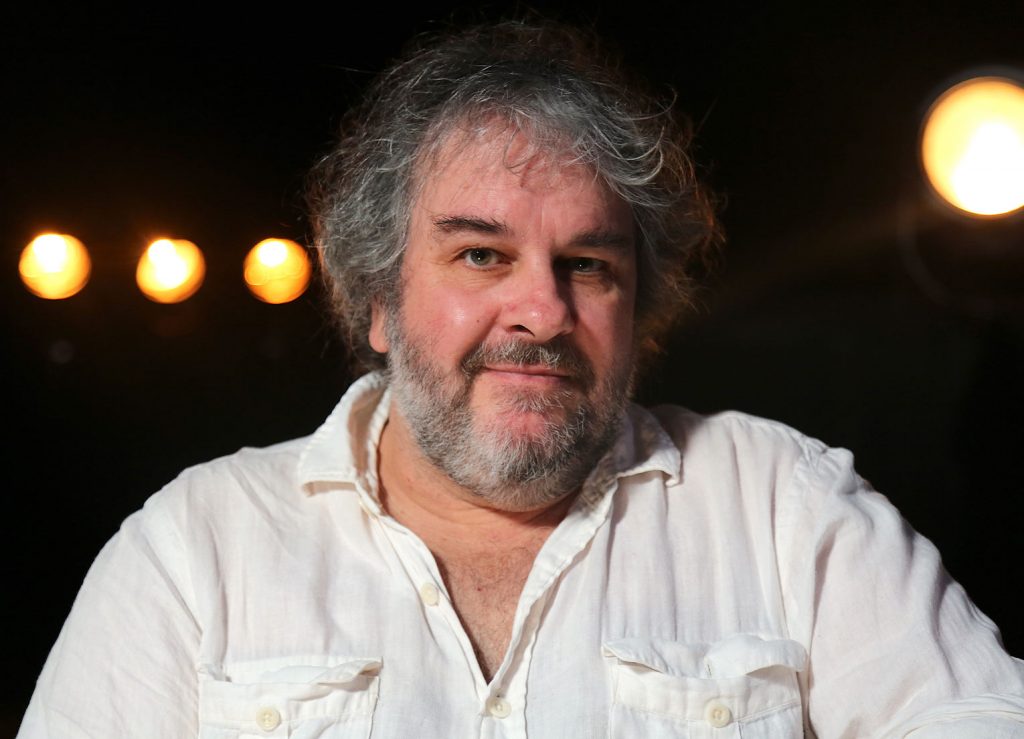
Peter Jackson’s Masterpiece.
That’s what makes Peter Jackson’s The Lord of the Rings trilogy the greatest trilogy of our time: and quite possibly, of any time. It’s a work that succeeds on every level while inspiring countless other creators to reach for similar heights. In the end, perhaps the highest praise we can give Jackson’s achievement is that it makes us believe, if only for a few hours, that magic is real and that even the smallest person can change the course of history.
And in a world that often feels dark and uncertain, that message of hope: delivered through masterful filmmaking and profound respect for great literature( is exactly what we need.)

